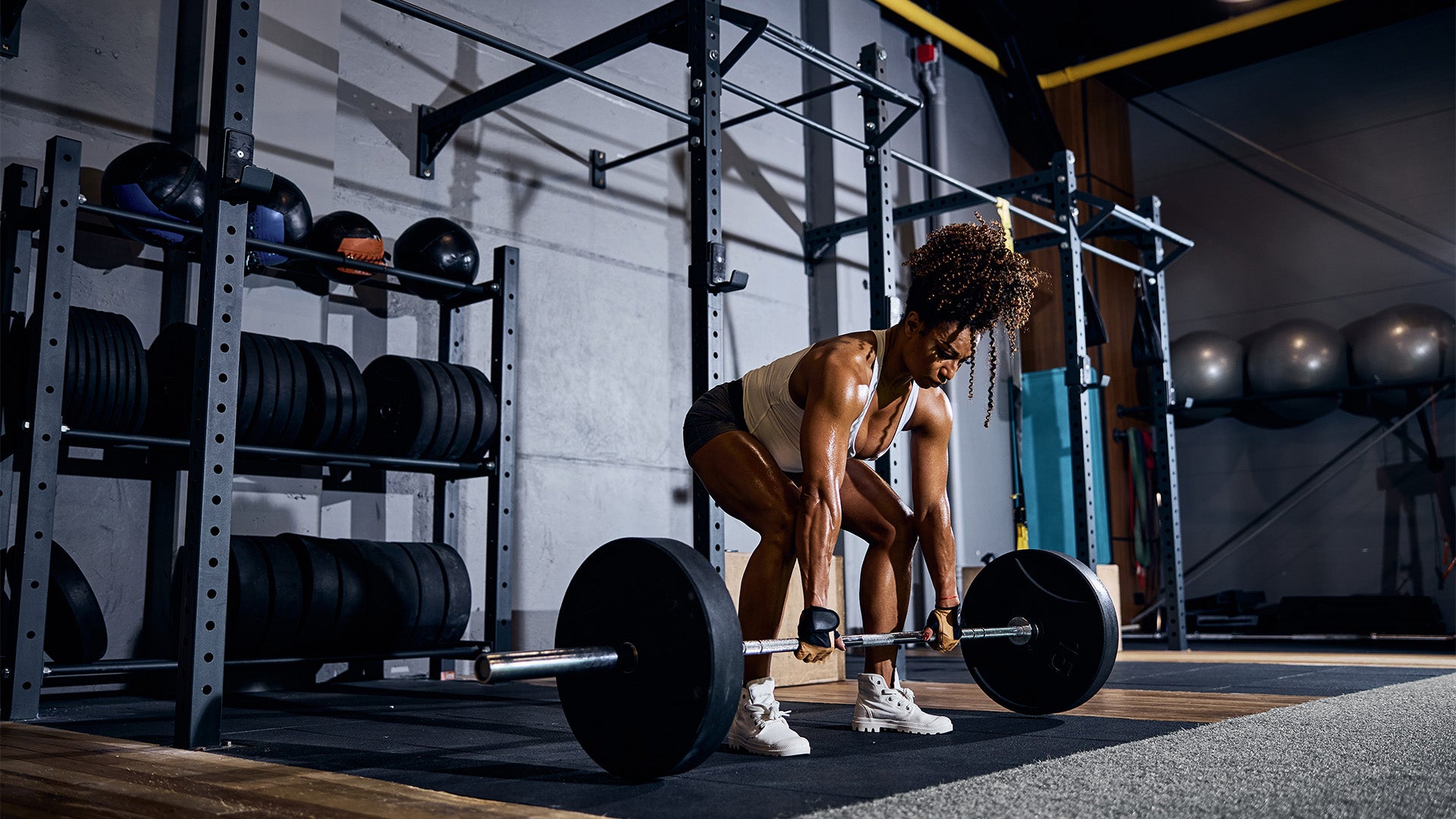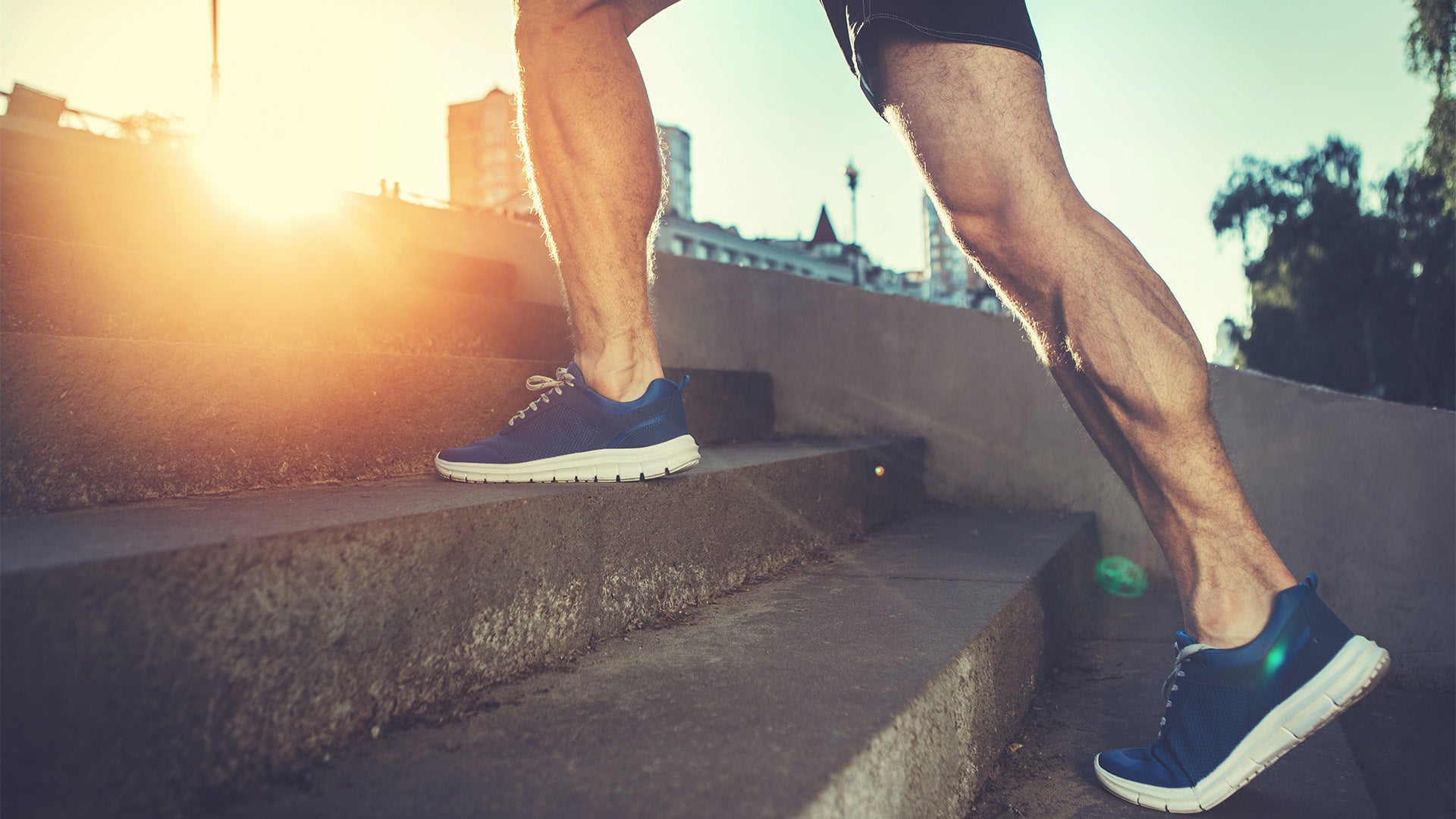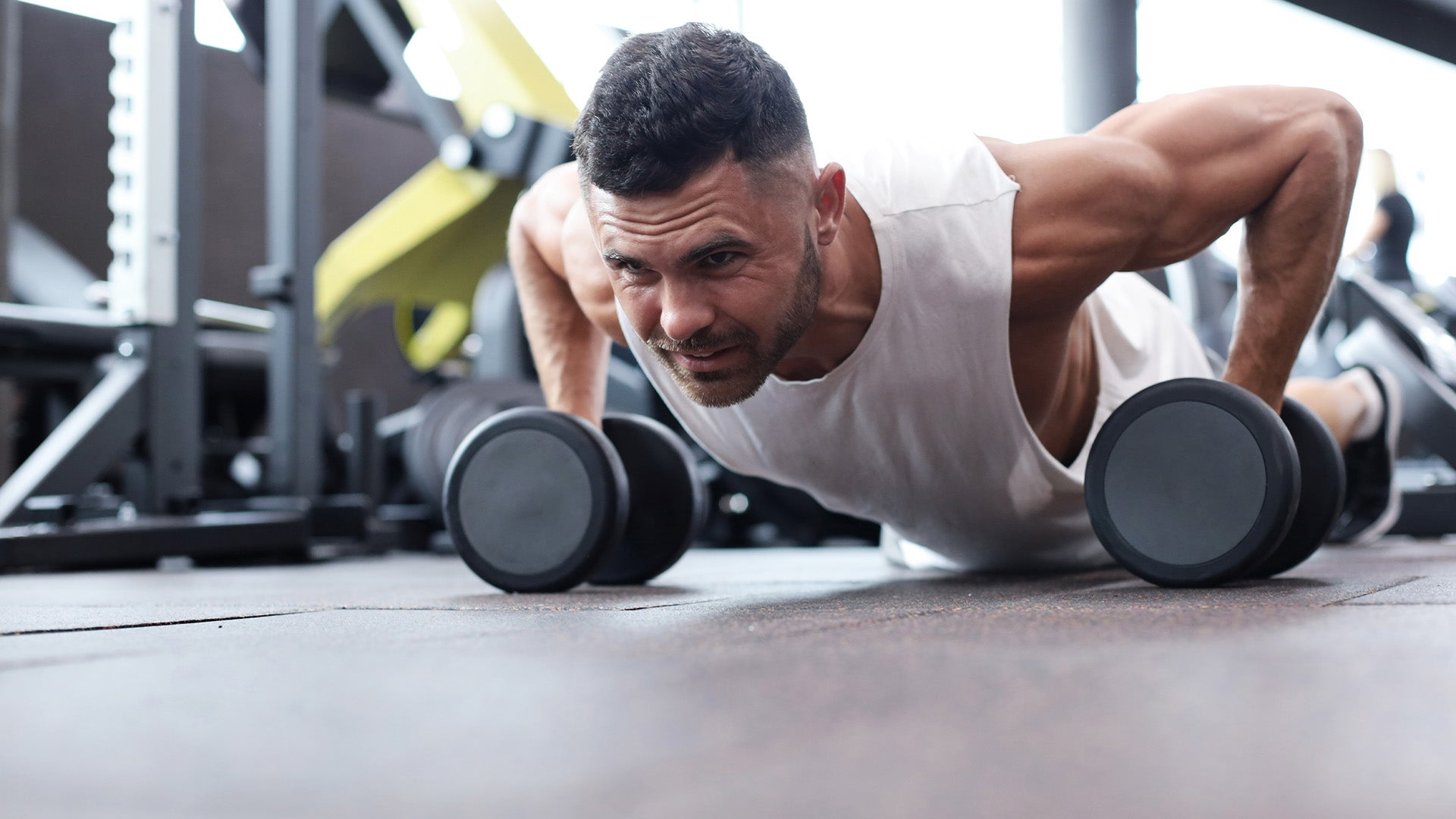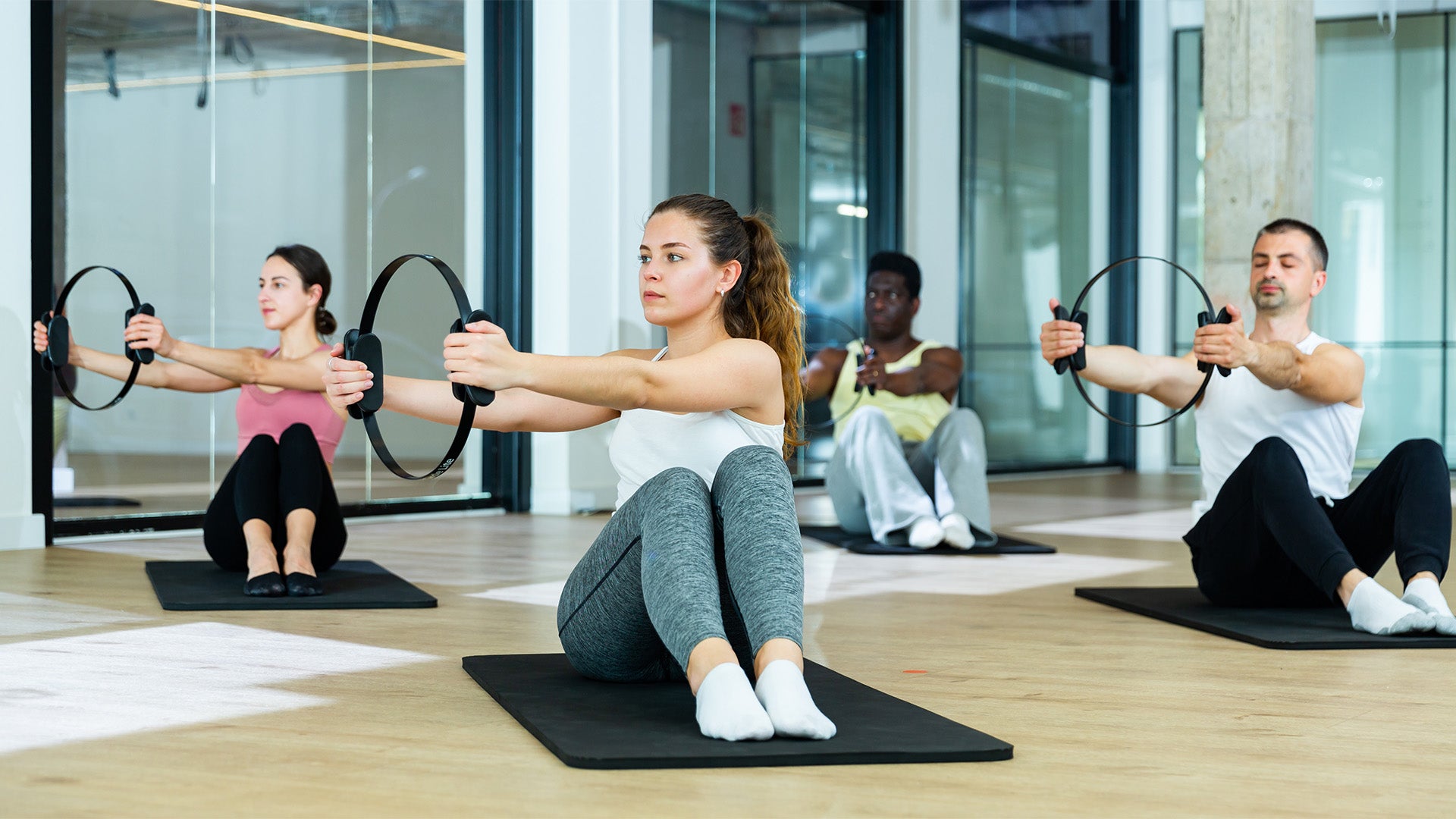A Safe Guide on How To Deadlift Properly
It’s no secret that the deadlift is one of, if not the best, exercises when strength training and trying to build muscle. It is a staple, alongside the bench press and squat, when it comes to boosting your overall strength. However, have you ever found yourself with a sore back after performing a deadlift?
It is important to learn how to use proper deadlift form to ensure you're getting the maximum results from the lift as well as to ensure you are not injuring yourself in the process.
Below we will discuss what a deadlift is, the correct form when performing a deadlift, and the benefits of adding a deadlift to your workout routine. We will also talk about tips on deadlifting and review some different deadlift variations.
What Is a Deadlift?
The deadlift is one of three powerlifting exercises alongside the squat and bench press. Deadlifting involves lifting a weight off the floor to hip level and then returning the weight back to the ground.
The deadlift is popular among Olympic lifters, weightlifters, and bodybuilders as it is a compound lift that works almost every muscle in the body with an emphasis on the lower body and posterior chain. This particular lift can be completed from a variety of sources, such as a loaded barbell, kettlebells, dumbbells, and resistance bands.
What Is the Correct Deadlift Form?

Understanding the proper form for a deadlift is crucial in maintaining good fitness health. One key factor to consider is your fitness level. We suggest selecting a lighter weight when learning the deadlift technique.
Below are step-by-step instructions on completing a conventional deadlift to maximize strength and muscle growth.
Foot Positioning
You want to start with your feet positioned hip-width apart. You want to ensure your toes are angled slightly outward where you feel most comfortable. At the starting position, ensure your midfoot is positioned under the bar with your shins touching the bar.
Grip
Let’s talk about grip! The grip is very important when it comes to performing the barbell deadlift. There are multiple ways to grip the barbell, primarily based on your comfort and grip strength.
When gripping the barbell, you want to keep your hands shoulder-width apart unless performing a different variation of the deadlift and equipment readily available.
Below we will discuss the different grip techniques used when deadlifting:
- Mixed Grip. The mixed grip is popular amongst bodybuilders and powerlifters. When utilizing this type of grip, you place one hand over the barbell and one hand under the barbell. In other words, you have one palm facing up and one plan facing down.
- Overhand Grip. The overhand grip is one of the most common grips used for deadlifting. When utilizing this grip, you simply place both hands on the barbell with all your knuckles facing forward.
- Double Overhand Grip. A double overhand grip, also known as the “hook grip,” is utilized to keep the bar from rolling in your hands.
When utilizing this grip, you place your hands on the barbell as if you would the overhand grip, both palms facing down. However, lock your thumb between your middle finger and ring finger or middle finger and index finger. This helps lock in your grip to minimize any movement from the barbell.
Bend Your Knees
As you move into starting position, bend your knees so that the bar is close to your shins. By bending your knees, you can lower your glutes closer to the ground to help maximum leg drive once the lift has started.
Chest Up
Once you're in starting position and ready to start your lift, straighten your back by raising your chest. This will help activate your lats and help keep a neutral spine.
It is important to maintain a flat back to help keep the pressure off your lower back.
Brace Yourself
When you are ready to lift the weight off the ground, take a deep breath in and brace your core and your flutes by flexing. You will also need to lock your elbows and arms into position.
Lift
Once you get into starting position and begin to lift the weight off the ground, push your feet through the floor and lift the weight. As the bar passes by your knees, drive your hips forward to a standing position. Maximize the lift by locking out your glutes.
Lower the Bar
After locking out at the top of your lift, make sure to maintain form as you lower the bar down towards the ground before releasing tension.
Repeat these steps for as many reps as desired.
What Are the Benefits of Deadlifts?

Deadlifts are full-body lifts, meaning this functional movement requires several muscle groups to work together to perform the exercise.
Many people mistake deadlifts for lower body lifts, but in essence, deadlifts work the entire body. You build muscle in your legs, specifically in your quads, glutes, and hamstrings, but it also works the entire posterior chain, including your back. Deadlifts also put you through an upper body workout as well as your trapezius (traps), forearms, and core.
Another major benefit to deadlifts is the many variations to suit your fitness needs. Some variations include the sumo deadlift, hex bar or trap bar deadlifts, Romanian deadlifts (RDLs), or deficit deadlifts, just to name a few.
You can also use other equipment other than just a barbell. Deadlifts can be performed with kettlebells, a hex bar, dumbbells, or even your body weight.
What Are Some Tips for Deadlifting?
Before performing deadlifts, there are some important tips to consider.
If you are a beginner, leave all the extra equipment at home. You may have seen some more experienced lifters wearing belts, wrist straps, or lifting gloves, but those aren’t needed when you are first starting, as you more than likely won’t be lifting heavy weights.
The gear mentioned above can be very beneficial to those powerlifters who are completing one max rep or trying to lift heavier weight — but as a beginner, you should have different goals. Your focus should be primarily focused on establishing proper form.
For more advanced lifters, if you are lifting for strength, do three to five sets with four to five reps per set. With each set, increase the weight. If you are lifting for endurance, do three sets of 12-15 reps and maintain a manageable weight through the sets.
When using Speede's Excentric Mode, you can lift up to 50% more weight than with a barbell, and you’ll also need fewer sets to reach fatigue.
What Are Common Deadlift Mistakes?
The most common mistake made by lifters while performing the deadlift is improper form. This is why it is imperative that you take the time to learn the correct form. When using incorrect form, the risk of lower back injuries is substantially greater.
Another common injury from deadlifting is a bicep tear. This typically occurs when lifters use a mixed grip. When using the mixed grip, the lifter pulls the bar with their supinated hand, which causes a bend in the elbow and puts a lot of tension on the bicep. To avoid this injury, lock out your elbow so that you are not pulling the bar off the floor.
The Bottom Line
Deadlifting is a great exercise to incorporate into your workout regime. It is a full-body workout that helps build muscle mass and total body strength. However, before going into the gym and lifting heavy weights, it is very important to take your time and learn the proper form and technique to prevent injury.
The Speede Challenger adapts to you as you move to make your workout both effective and safe. With Speede, you are able to get instant feedback from your workout to help you better yourself and reach your fitness goals. Speede offers the ultimate, most effective way to do deadlifts so that you can challenge yourself without placing yourself at risk for injury.
Sources:
The Deadlift and Its Application to Overall Performance | NSCA



